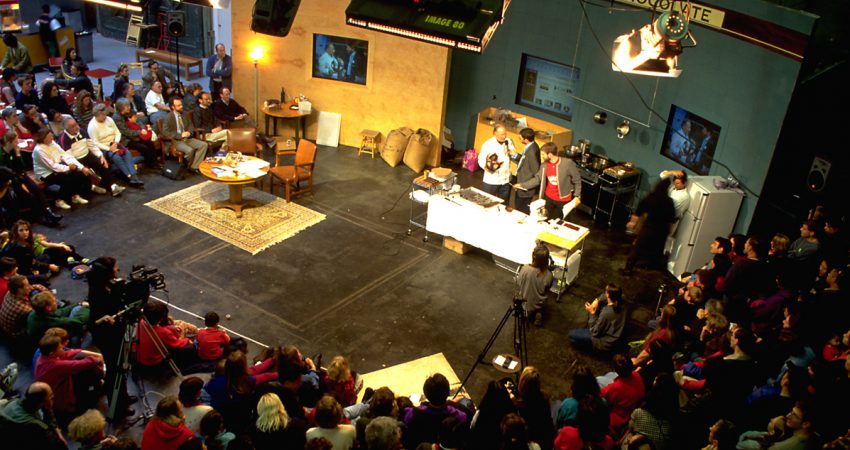
By Heather King - June 2011
PAPER CITATION
Dorion, K.R. (2009). Science through drama: A multiple case exploration of the characteristics of drama activities used in secondary science lesson. International Journal of Science Education, 31(16), 2247–2270.
Dorion’s research, exploring the use of drama in science teaching, puts forth the concept of mime and role-play to help students to explore abstract scientific models. In addition, drama may support visualization of complex models. Drama can also change the dynamics within classroom talk and support a sense of community amongst students fostered by collaboration, social interaction, and fun.
Dorion’s verdicts stem from his observation of lessons and interviews with teachers and students aged between 11 and 18. He discovered that the teachers had opted to use drama as a result of a prior positive experience of drama in science. Their expressed intention was to create situations that were atypical to a normal science lesson and relate it with students’ own lives. Such experiences were invariably associated with ‘fun’ by both teachers and students. The activities involved the use of eccentric objects and novel imagery to train student attention; the use of humor, including puns, innuendo, and self-deprecation; physical portrayals by students of phenomena; and anthropomorphic analogies (such as using students to ‘act out’ ion exchange in chemical bonding).
Perhaps surprisingly, the students were not affected by the anthropomorphic nature of analogies or simulations. They thought them to be ‘easier’ or ‘better’ than diagrams on the board. Dorion suggests that the explicitly anthropomorphic nature of the activity meant that students understood it to be a representation of reality, whilst they didn’t realize that diagrams were models too.
In using drama, teachers diverted from their traditional noninteractive and authoritative patterns of talk to more interactive methods. They also encouraged more group work. While staged performances lead to limited dialogue between students, the preparation of the piece was more dialogic, and the performance itself got a potentially powerful affective impact in terms of applause and laughter. In enhancing role-plays, students were observed to take greater ownership of their learnings and appeared to be more equipped as a result of personal expression.
Students’ ease in using gesture and body language points to the value of drama for facilitating their metacognitive abilities as they concentrate on the main and related features within particular analogies or mental models. Such studies have implications for all educational practitioners. As Dorion argues, more use should be made of physical sensations to promote cognitive learning. In short, drama-based activities should be taken as a potentially rich resource for interactive and creative learning.




